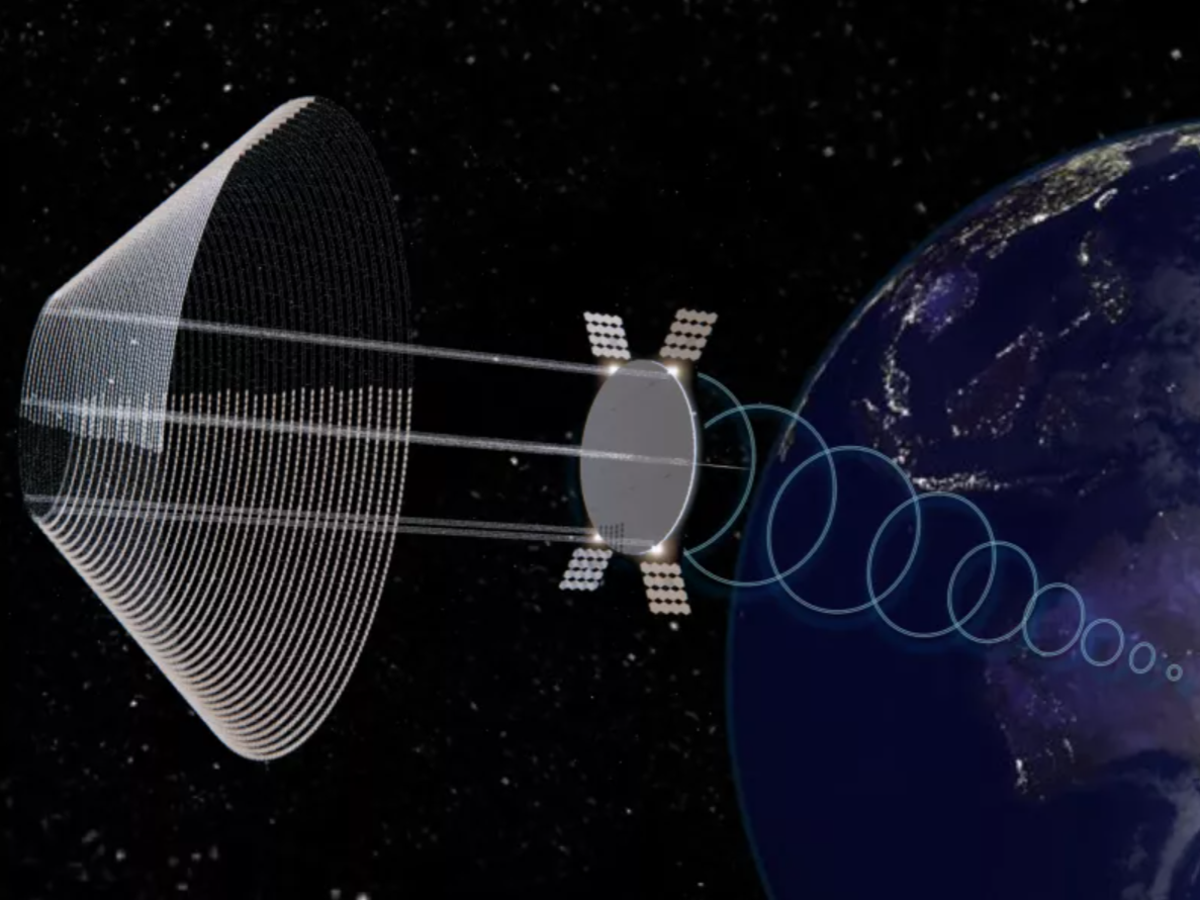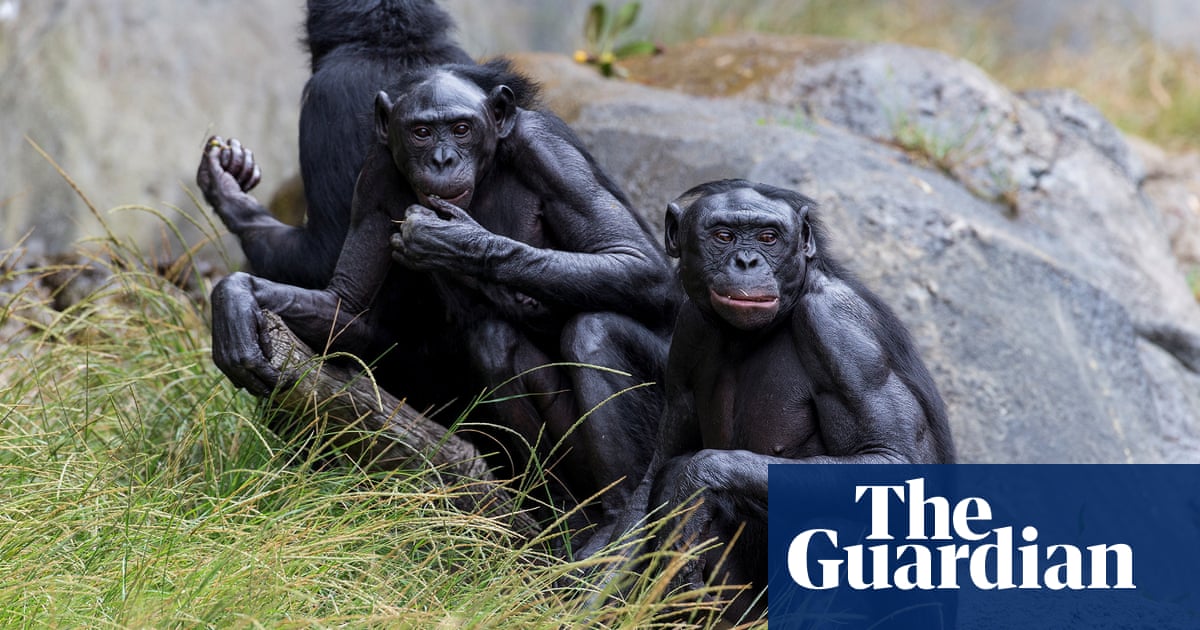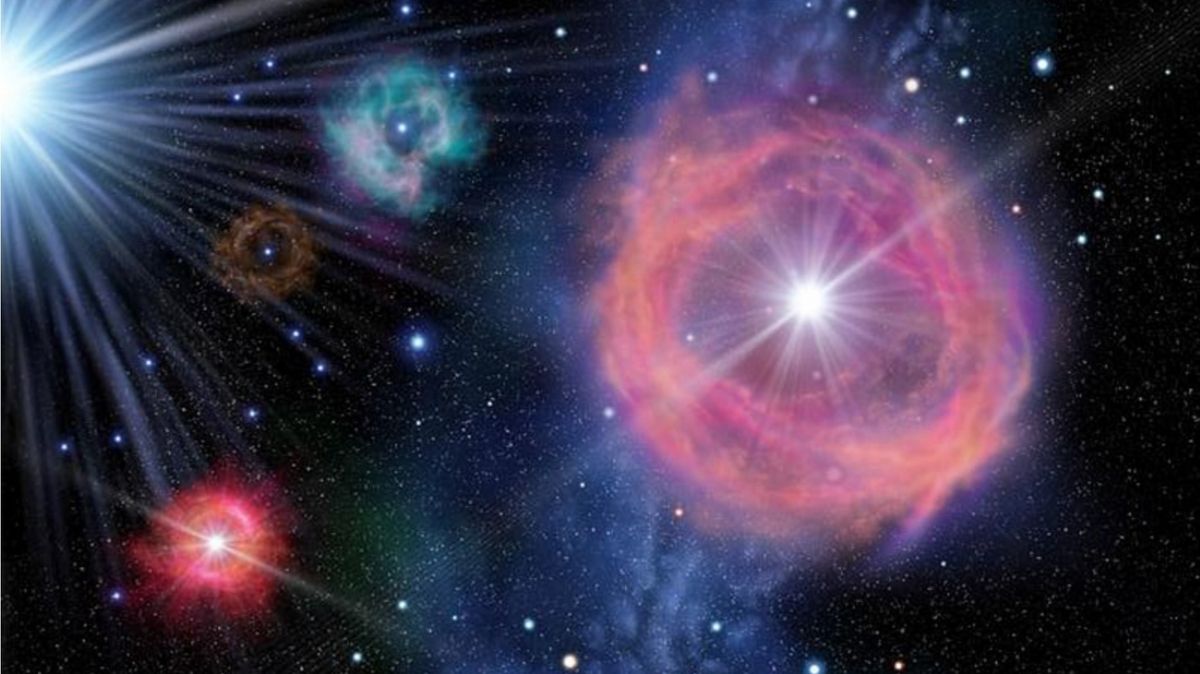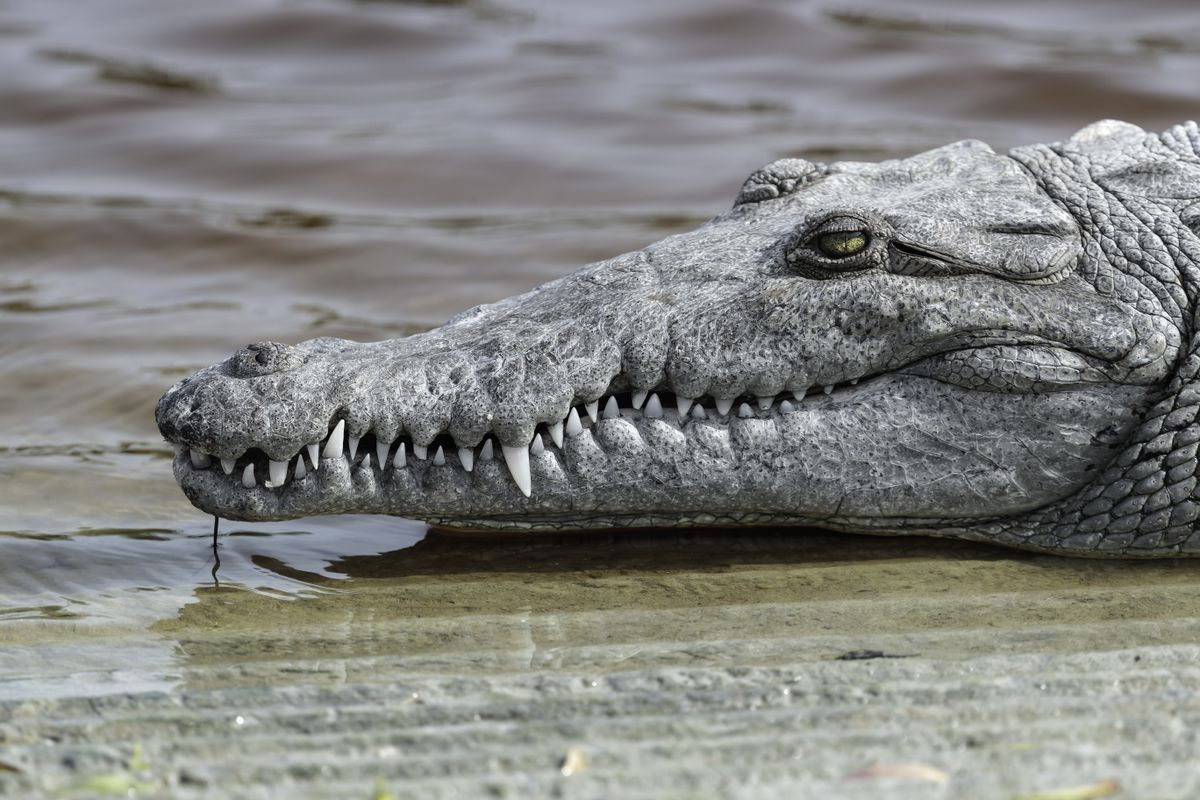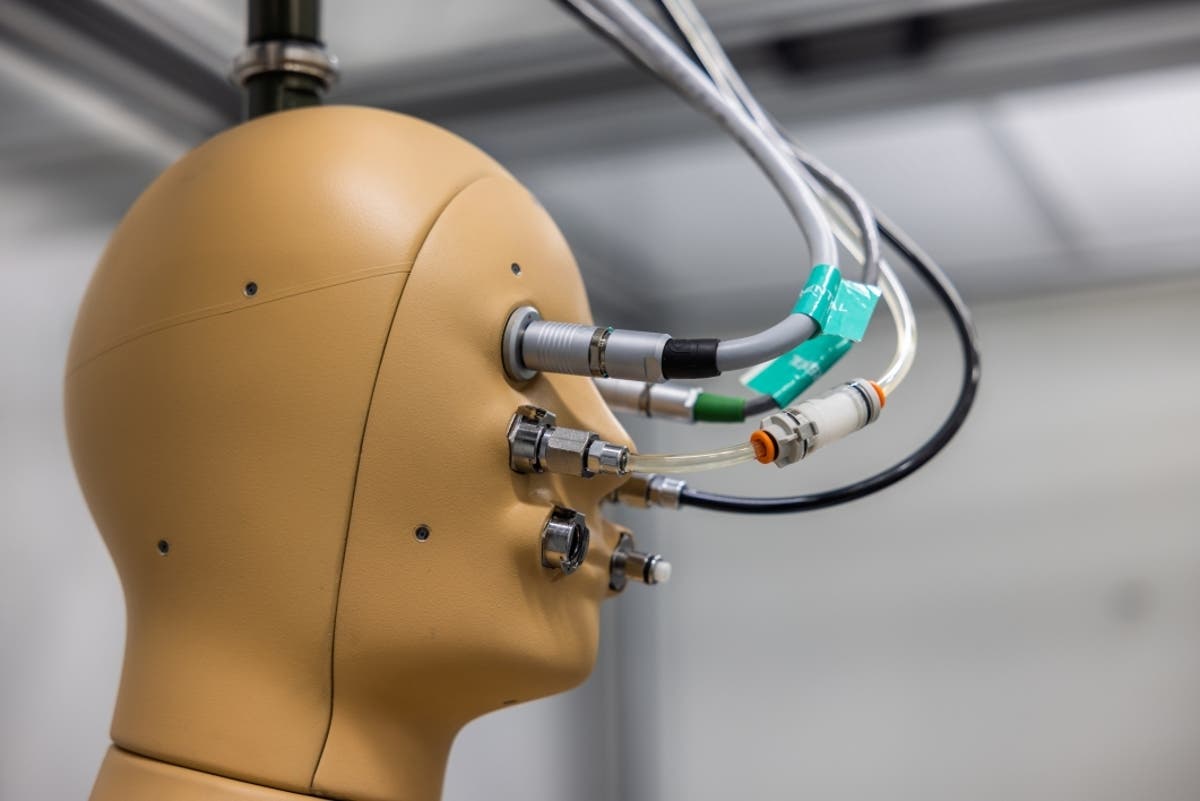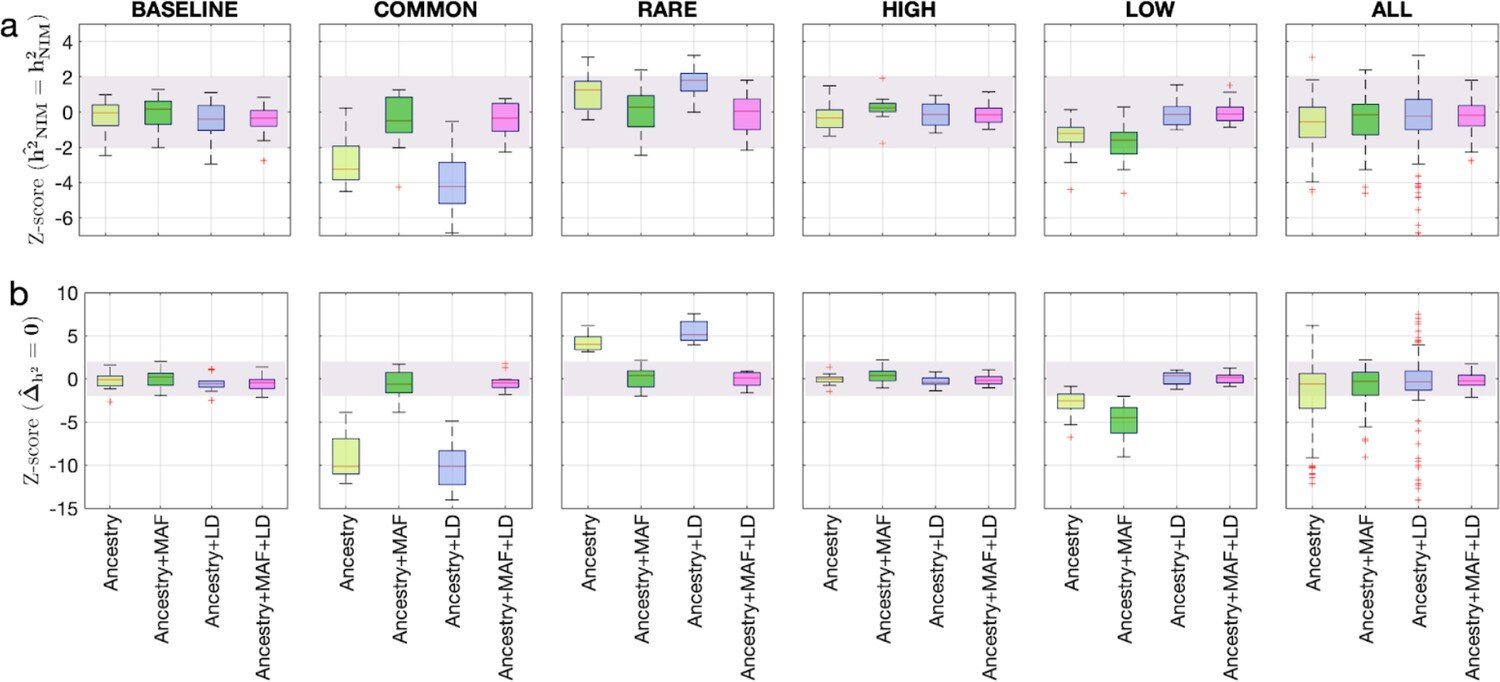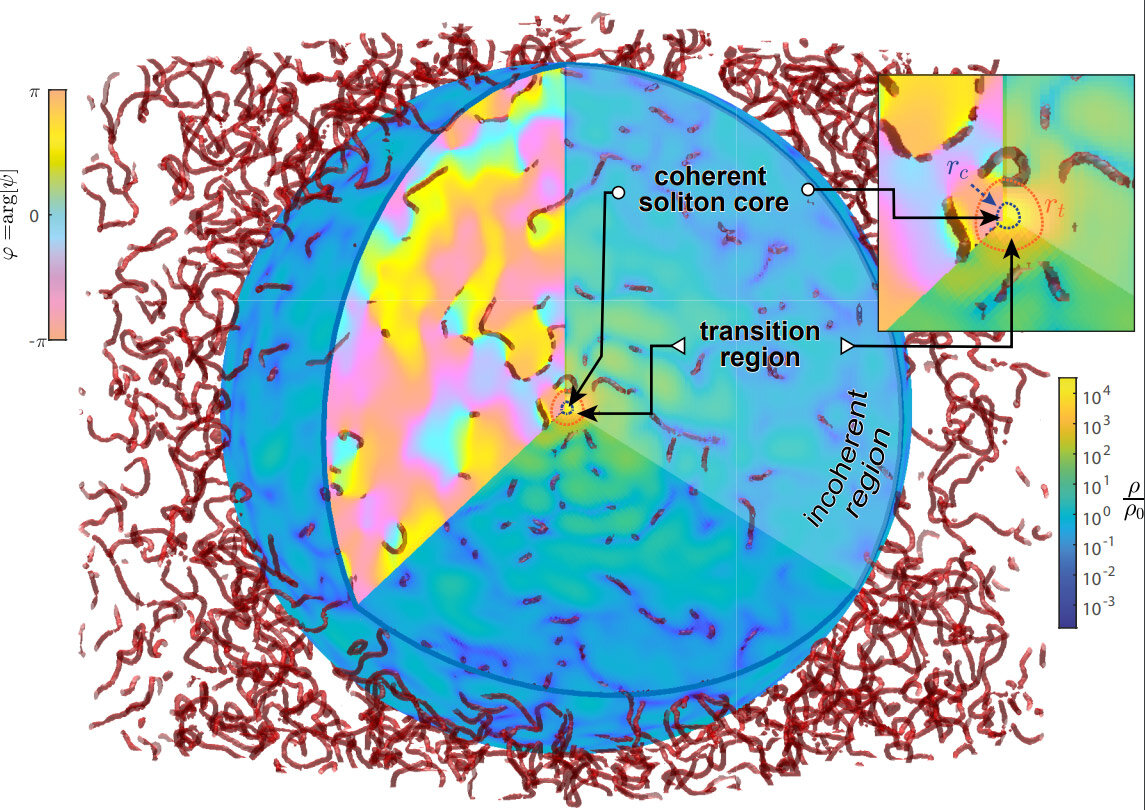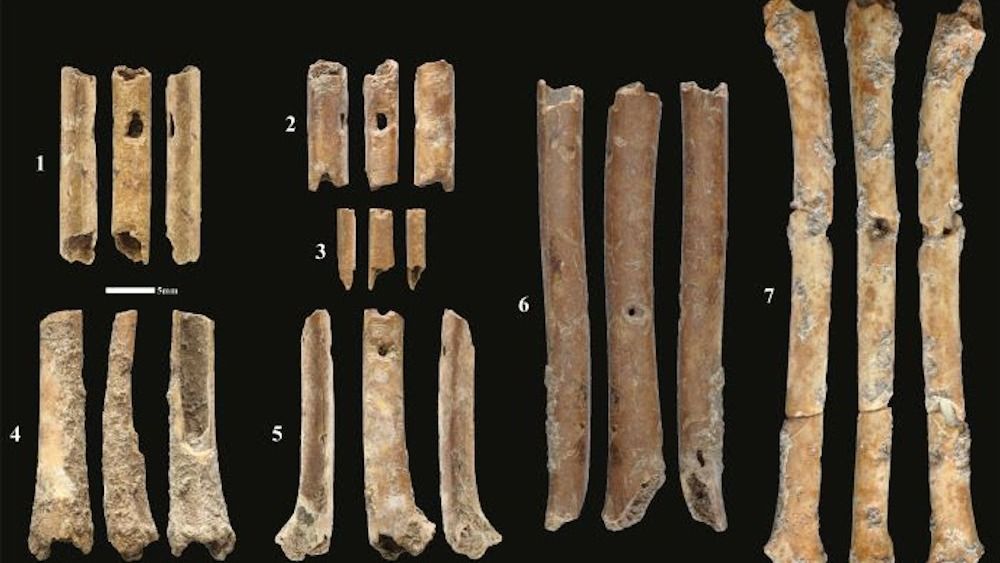- Joined
- Jul 18, 1998
- Messages
- 22,159
- Reaction score
- 45,638
Online
Ice-free Arctic summers are now unavoidable, scientists have said.
Even if rapid, dramatic cuts are made to planet-heating emissions, the polar region will still be without sea ice in September in the next few decades, according to research published in the journal Nature Communications. The first sea ice-free September could occur as early as the 2030s, the study found.
Arctic sea ice has been declining for decades but has shrunk at an even faster rate in the past 20 years.
The latest assessment from the UN climate science body, the Intergovernmental Panel on Climate Change (IPCC), found that the Arctic would be practically ice-free in September, sometime around mid-century, with failure to cut emissions.
However, the study, published on Tuesday, found that ice loss was happening even faster.
“We basically are saying that it has become too late to save the Arctic summer sea ice,” Professor Dirk Notz, of the University of Hamburg, Germany, who was part of the research team, told Bloomberg……

 www.independent.co.uk
www.independent.co.uk
Even if rapid, dramatic cuts are made to planet-heating emissions, the polar region will still be without sea ice in September in the next few decades, according to research published in the journal Nature Communications. The first sea ice-free September could occur as early as the 2030s, the study found.
Arctic sea ice has been declining for decades but has shrunk at an even faster rate in the past 20 years.
The latest assessment from the UN climate science body, the Intergovernmental Panel on Climate Change (IPCC), found that the Arctic would be practically ice-free in September, sometime around mid-century, with failure to cut emissions.
However, the study, published on Tuesday, found that ice loss was happening even faster.
“We basically are saying that it has become too late to save the Arctic summer sea ice,” Professor Dirk Notz, of the University of Hamburg, Germany, who was part of the research team, told Bloomberg……

Ice-free Arctic summers are now unavoidable and could happen as soon as 2030s
‘People didn’t listen to our warnings’


